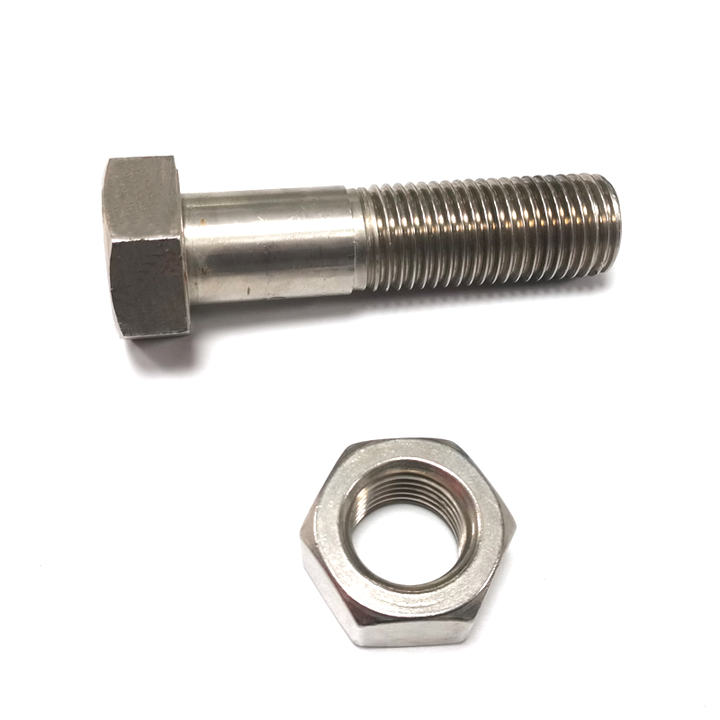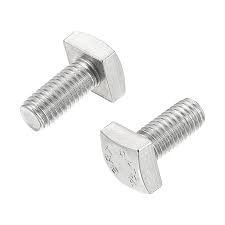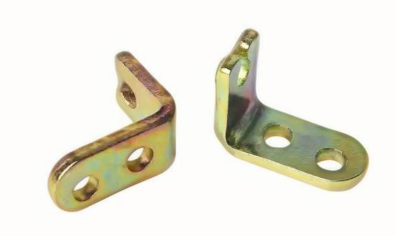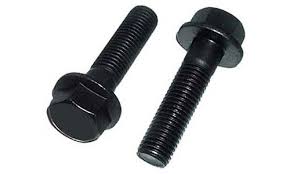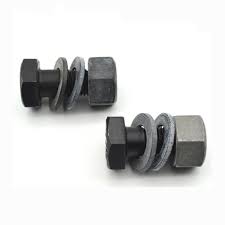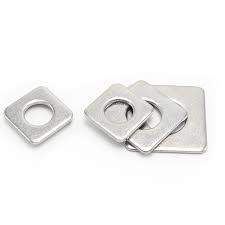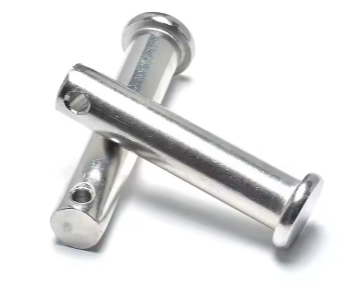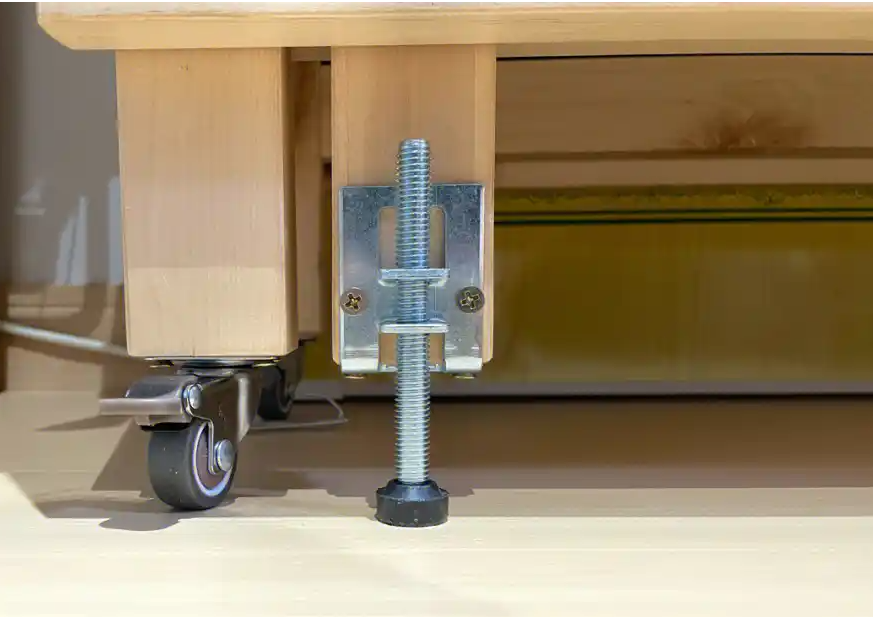

Buy Eye Bolts: A Comprehensive GuideThis guide provides a comprehensive overview of eye bolts, covering their types, applications, selection criteria, and safety considerations. Learn how to choose the right eye bolt for your specific needs and ensure safe usage.
Finding the right eye bolt for your project can seem daunting, but with a little knowledge, it's a straightforward process. This guide will walk you through everything you need to know about selecting and using eye bolts, ensuring your projects are both safe and effective. We'll explore different types of eye bolts, their applications, and factors to consider before purchasing.
An eye bolt is a type of threaded fastener with a loop or ring at one end. This loop allows for easy attachment of ropes, chains, slings, or other lifting devices. They are commonly used in various applications requiring lifting, hoisting, or anchoring.
Eye bolts come in a variety of materials and designs. The most common materials include steel (often galvanized for corrosion resistance), stainless steel (for enhanced corrosion resistance), and brass (for applications requiring non-ferrous materials). Designs vary based on the type of thread (e.g., metric or UNC), the shape of the eye (e.g., round, oblong), and the overall length. Some eye bolts also feature a shoulder, providing a greater surface area for load distribution.
Selecting the correct eye bolt is crucial for safety. Consider these factors:
Eye bolts find applications in diverse industries and projects, including:
Always follow these safety guidelines when using eye bolts:
High-quality eye bolts are available from various suppliers. For a reliable source of durable and high-quality fasteners, consider exploring reputable industrial suppliers or manufacturers such as Hebei Dewell Metal Products Co., LTD. They offer a wide selection to meet your needs. Remember to always verify the supplier's reputation and ensure they provide detailed specifications and certifications.
Q: What is the difference between a screw eye and an eye bolt?
A: A screw eye has a simpler design with a loop directly attached to the screw thread, while an eye bolt has a threaded shank and a separate, more robust eye, typically designed to handle heavier loads.
Q: How do I determine the correct size eye bolt for my project?
A: Refer to engineering standards and load calculations. The required size depends on the weight being lifted and the material’s tensile strength. Consult a professional engineer for complex projects.
This guide provides a general overview; always consult relevant safety regulations and professional advice when working with heavy loads or critical applications.

